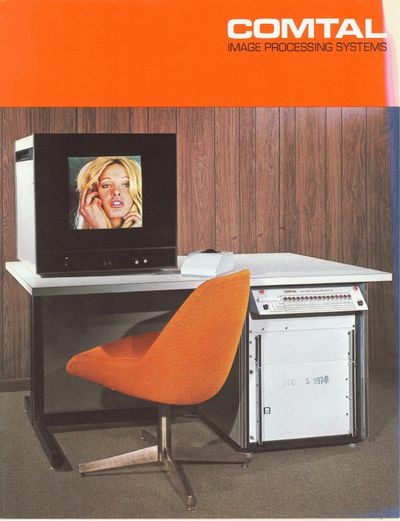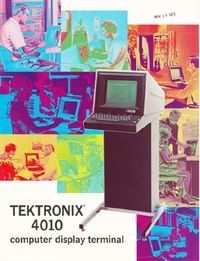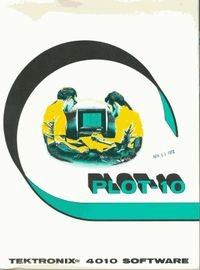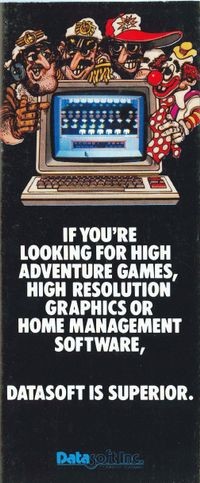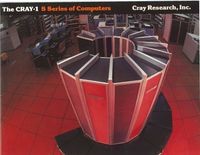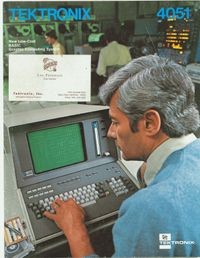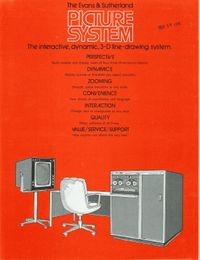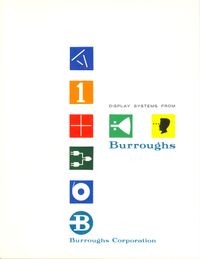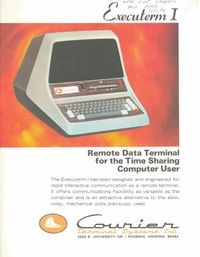Graphics
Ever since the first computers, people have been attracted to the idea of displaying and manipulating their data graphically. Along with adequate computational power, computer graphics (CG) systems are often distinguished by novel input and output devices.
The first important steps in the United States occurred in the 1950s at MIT with the groundbreaking Whirlwind system (1946-51), which featured a ‘light pen’ for input; and a computer-controlled cathode ray tube display for output. This seminal machine influenced a generation of computer designers and led directly to the SAGE air defense system, the TX-0 and TX-2 computers and even commercial machines from Digital Equipment Corporation (DEC) and IBM.
The single most important software development in computer graphics was MIT grad student Ivan Sutherland’s Sketchpad system. This ran on MIT’s TX-2 computer, a single-user highly-interactive real-time system that featured light pen and graphics tablet for input and CRT and plotter, for output.
Developments in graphics closely follow advances in hardware. Larger memories, faster processors, and better visual displays were all important aspects of computer graphics and always will be. Nonetheless, enormous strides in understanding how humans perceive graphical objects also formed the basis for enormous advances in software, specifically programs that controlled reflection, shading, modeling, textures, animation, ray tracing and other features unknown to researchers until the advent of the computer.
Computer graphics, broadly defined, is now a part of every computer user’s experience, whether using an operating system that uses a graphical user interface or a computer-generated model based on data that todays’ computers produce in such enormous volumes that visualization is the only way for humans to process it.
Brochures (20)




